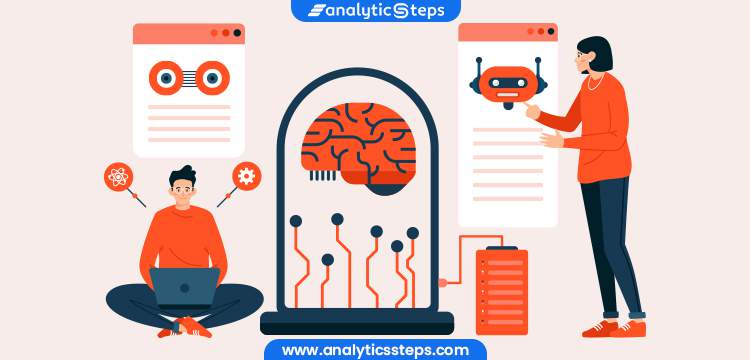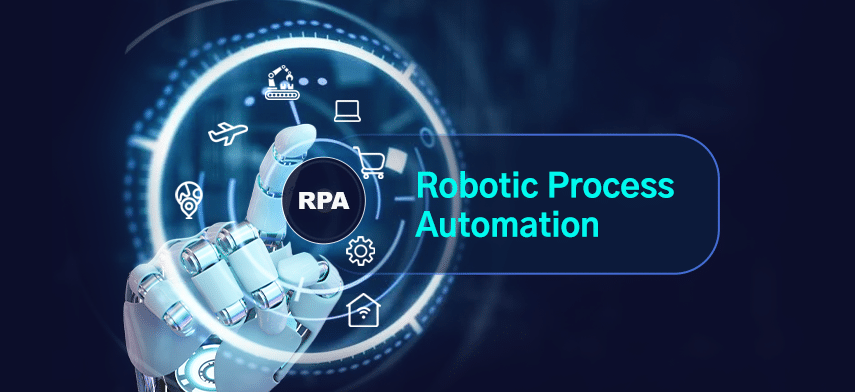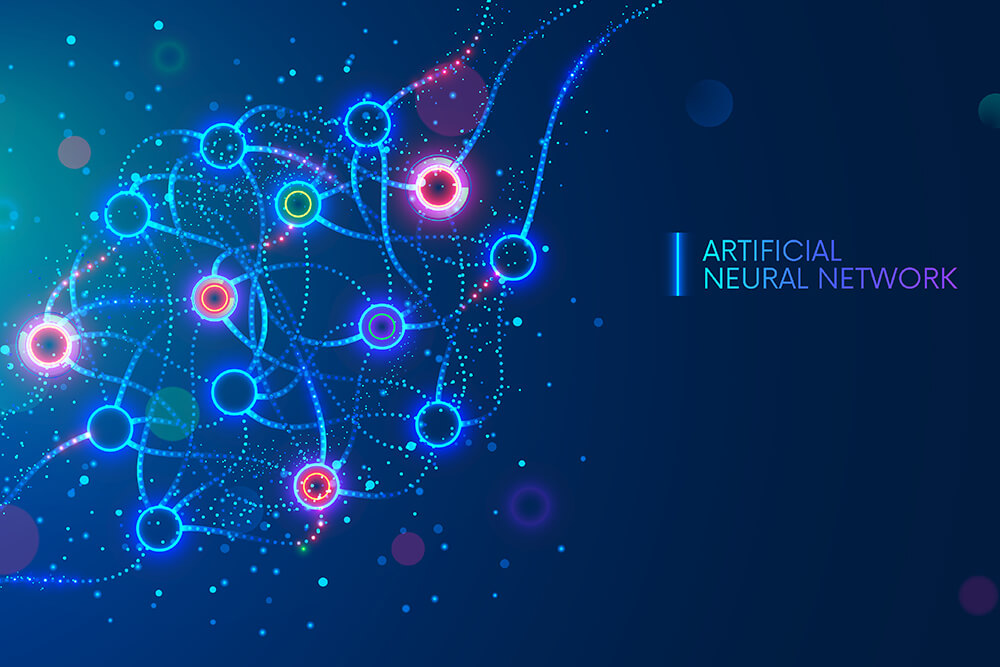Deep learning has revolutionized various fields, from computer vision and natural language processing to autonomous systems and healthcare. Leveraging large amounts of data and sophisticated neural networks, deep learning models have achieved impressive results, often surpassing human-level performance in specific tasks. However, despite their remarkable capabilities, deep learning models come with significant drawbacks. Understanding these limitations is crucial for researchers, practitioners, and organizations that rely on these models. In this article, we explore the key drawbacks of deep learning models.
High Computational Cost
One of the primary drawbacks of deep learning models is their high computational cost. Training deep neural networks, particularly those with many layers and parameters, requires significant computational resources. This often means utilizing powerful GPUs or even specialized hardware like TPUs (Tensor Processing Units). The training process can take days, weeks, or even months, depending on the complexity of the model and the size of the dataset. Furthermore, the energy consumption of these processes is considerable, leading to increased operational costs and a larger carbon footprint. For many organizations, especially those with limited resources, the high computational cost can be a significant barrier to deploying deep learning solutions.
Large Data Requirements
Deep learning models are data-hungry. To achieve high performance, these models require vast amounts of labeled data for training. For example, in image recognition tasks, datasets often contain millions of labeled images. Gathering and labeling such large datasets is not only time-consuming but also expensive. Moreover, in many real-world applications, obtaining sufficient data can be challenging, especially in domains where data is scarce or difficult to label, such as medical imaging or certain scientific fields. Without access to large and diverse datasets, deep learning models may suffer from poor generalization, leading to suboptimal performance.
Lack of Interpretability
Deep learning models are often criticized for being “black boxes.” While these models can make highly accurate predictions, understanding how they arrive at those predictions is not straightforward. The complexity and non-linear nature of neural networks make it difficult to interpret the inner workings of the model. This lack of interpretability poses challenges in applications where transparency is essential, such as healthcare, finance, and legal systems. For instance, if a deep learning model is used to make a medical diagnosis, it is crucial for doctors to understand the reasoning behind the model’s decision. Without interpretability, trusting and validating the model’s output becomes difficult, potentially leading to ethical and legal issues.
Overfitting and Generalization Issues
Deep learning models are highly flexible and can capture complex patterns in data. However, this flexibility comes with the risk of overfitting, where the model learns to memorize the training data instead of generalizing to unseen data. Overfitting occurs when the model becomes too complex, capturing noise and irrelevant patterns in the training data. As a result, the model may perform exceptionally well on the training set but fail to generalize to new, unseen data. Techniques like regularization, dropout, and data augmentation can help mitigate overfitting, but they are not foolproof. Ensuring that deep learning models generalize well requires careful tuning and validation, which can be a complex and time-consuming process.
Sensitivity to Hyperparameters
Deep learning models are highly sensitive to hyperparameters, such as learning rate, batch size, and network architecture. The choice of hyperparameters can significantly impact the model’s performance, and finding the optimal combination is often a tedious and time-consuming task. The process typically involves a trial-and-error approach, where multiple models are trained and evaluated using different hyperparameter settings. This experimentation requires substantial computational resources and expertise, making it challenging for beginners and small organizations to achieve optimal results. Additionally, the optimal hyperparameters for one task may not generalize to another, necessitating further experimentation for each new problem.
Ethical and Bias Concerns
Deep learning models are prone to biases, which can lead to unfair and discriminatory outcomes. These biases often stem from the training data, which may reflect historical prejudices or imbalances. For example, a facial recognition model trained on a dataset predominantly featuring light-skinned individuals may perform poorly on individuals with darker skin tones. Such biases can have serious ethical implications, particularly in applications like hiring, law enforcement, and healthcare. Addressing these biases requires careful curation of training data and the development of techniques to detect and mitigate bias, but these solutions are not always straightforward or effective. Moreover, the deployment of biased models can lead to public backlash, legal challenges, and damage to an organization’s reputation.
Conclusion
While deep learning models have undoubtedly advanced the field of artificial intelligence, they are not without significant drawbacks. High computational costs, large data requirements, lack of interpretability, overfitting, sensitivity to hyperparameters, and ethical concerns are critical challenges that must be addressed. As deep learning continues to evolve, it is essential for researchers, practitioners, and organizations to be aware of these limitations and work towards developing solutions that mitigate these issues. Only by doing so can the full potential of deep learning be realized in a responsible and sustainable manner.



